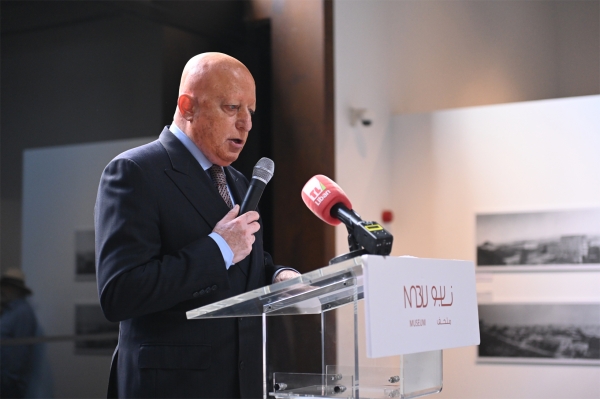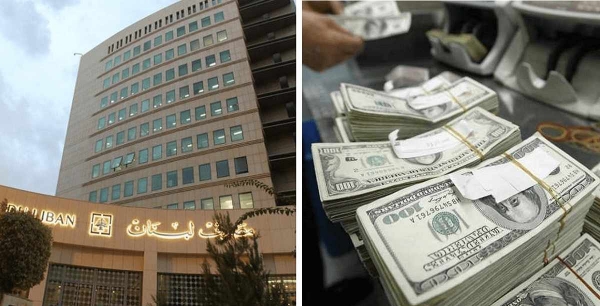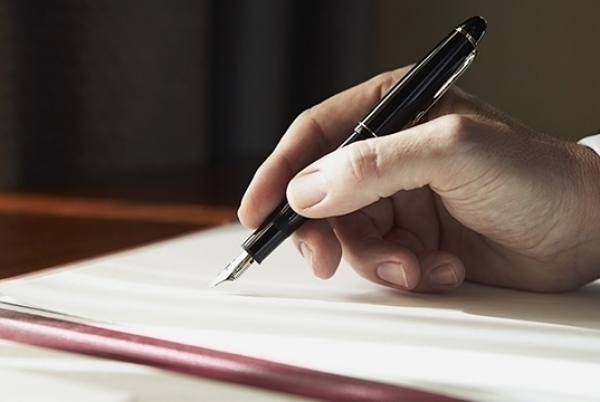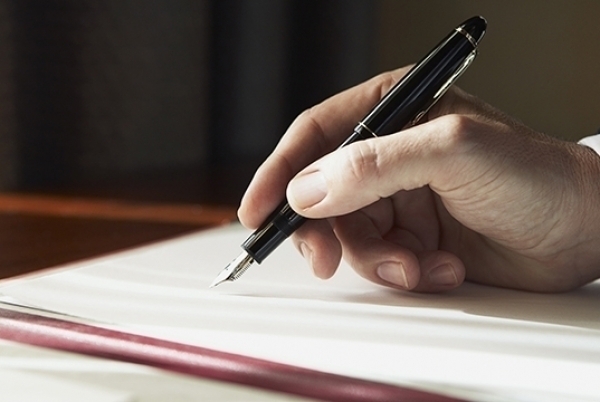Younin : Town of Springs and Water Mills
Location
Younin is located north of the city of Baalbeck in the Qada’a of Baalbeck in the Mohafaza of the Bekaa, at an altitude of 1215 meters above sea level. It is 107 kilometers away from Beirut, 27 kilometers from the center of the Qada’a, and 57 kilometers from Zahle, the center of the Mohafaza. It is spread over 7770 hectares, and can be reached through Baalbeck- Makneh- Younin or Baalbeck- Nahleh- Younin.
Population
The number of registered inhabitants in the town’s personal status register is estimated at 9 500 people, all belonging to the Shi’a sect. The number of houses is around 800, with 120 commercial units. The houses and shops/businesses are scattered throughout the town’s five neighborhoods: the northern and southern neighborhoods which are the largest two, the eastern and western neighborhoods, and Al-Zahra’, a section of the northern neighborhood that was recently renamed.
Voters
In the year 2000, the number of voters was 6070 of whom 2,355 cast their ballots. This number increased to 6737 in 2005 but decreased to 6577 in 2009, of whom 3336 and 3397 cast their ballots respectively. Voters are distributed among the following families:
- Zougheib: 780
- Salhab: 275
- Yassine: 138
- Behlok (Sunni): 70
- Durrah: 516
- Fadel: 270
- Salah: 137
- Behlok (Shia): 20
- Haidar: 435
- Hallani: 226
- Ghosn: 118
- Kanaan: 322
- Kassas: 208
- Rustom: 104
- Atrash: 311
- Yaghi: 185
- Chehadeh: 84
- Sawan: 310
- Zeineddine: 157
- Fakheredinne: 77
- Salloum: 285
- Tahhan: 144
- Diab: 74
And the families: Sayyed- Braidy- Kaheel- Ayyoub- Khateeb- Haj Hassan- Wahhoud- Futat- Atat- Borji- Othman- Hassan- Deaibes- Mehrez- Nassif- Allam- Audé
Local Authorities
The municipality of Younin was established in 1927; the municipal council is now composed of 15 members and headed by Assa’ad Fakhreddine. Its share of the Independent Municipal Fund reached LBP 510 million in 2008, LBP 678 million in 2009, and LBP 898 million in 2010. The town has 6 Mokhtars: 2 for each of the southern and northern neighborhoods, one for each of the eastern and western neighborhoods and an Ikhtiyariya council of 3 members.
Archeological Sites
The town hosts the ruins of the citadel of Deir el Salib, the fort of Set Balkis (observation tower), and the citadel of the writer (Qala’at al Katib).
Educational Institutions
There are 3 schools in Younin, 1 public and 2 private. The Younin Public School had 189 students in 2010, 24 teachers, and 8 administrative employees. Dawhat al Adab private school had 116 students, and 9 teachers and administrative staff, and Sayidat al Awsiya private school had 132 students and 16 teachers and administrative staff.
Economic Activities
The residents of Younin are mostly dependent on agriculture, mainly grain products (wheat, barley, chickpeas, and lentils), produce of fruit trees (cherry, apricot, grape, and peach), potatoes and tobacco as well as raising cattle. Some residents also work in the public and private sectors, own shops within the town, and perform other skills and handcrafts.
Problems
Younin is located in the nest of the eastern mountain range with the valley extended below it, which accounts for its abundance of water springs. This allowed for the establishment of water mills long before the availability of electricity and made the town a destination for nearby residents where they could grind their wheat. The town’s water soon became a curse as much of the water in the town became polluted from sanitary pits to the extent where 90% of the Ras el Ain spring, which supplies the majority of houses, has become polluted and thus unsuitable to be used for irrigation.








Leave A Comment